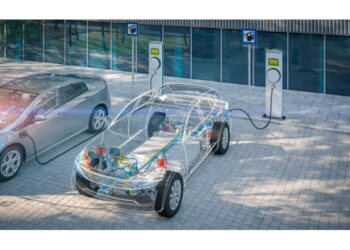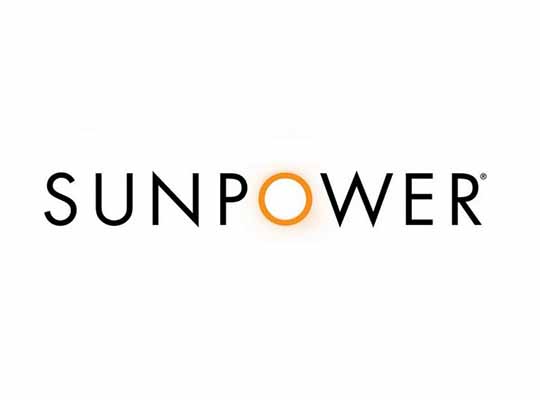NEW YORK – The South Korean micromobility market value is predicted to increase to $11,178.5 million by 2030 from $120.3 million in 2020, at a 52.2% CAGR between 2021 and 2030. The key reasons behind the rising demand for such services are:
- Worsening Air Quality: South Korea has the second-worst air quality among the developed Organisation for Economic Co-operation and Development (OECD) member countries. Hence, the focus on taking as many private vehicles off the roads as possible is rising. This, combined with the fact that much of the micromobility fleet is made up of electric vehicles, is boosting the demand for such shared mobility services in the country.
- Need to Reduce Traffic Congestion: The South Korean micromobility market is also driven by the rising need to reduce urban traffic congestion. As one of the most-urbanized countries in the world, South Korea grapples with way more vehicles than its roads can handle. In this regard, the two-wheelers deployed in micromobility fleets provide a solution as they take less space on the roads and parking spaces.
The South Korean micromobility market has seen a positive impact of the COVID-19 pandemic as the lockdowns implemented to check the spread of the infection led to curtailed public transport services. Further, buses and metro trains are overcrowded, therefore a potential source of infection spread. As a result, people are now preferring micromobility, wherein they drive the two-wheeler themselves, which cuts down the chances of contracting the infection massively.
In the past, the South Korean micromobility market, on the basis of vehicle type, was led by the e-scooters category. Shared e-scooters are a good way to travel the first and last miles because of their affordability. Moreover, they do not release any operational emission, which is important to clean the country’s air.
The first- and last-mile bifurcation is predicted to witness the faster advance in the South Korean micromobility market in the coming years, based on model. As conventional shared mobility services, such as ride hailing and carsharing, are expensive when commuting between the office/home to bus stops and metro stations or the other way round, Koreans are utilizing micromobility for such purposes.
In the near future, the dockless bifurcation will dominate the South Korean micromobility market, under segmentation by sharing system. Such a system saves market players the trouble of establishing dedicated vehicle pickup and drop-off stations, which also makes the ride experience better for commuters.
Major firms in the South Korean micromobility market are Kakao Mobility Co. Ltd., Dart Sharing Co. Ltd., WIND Mobility Ltd., Dash Company Co. Ltd., Lime, Beam Mobility Holdings Pte. Ltd., Neuron Mobility Pte. Ltd., G Bike Co. Ltd., Olulo Co. Ltd., PUMP Co. Ltd., Niu Technologies, Gogoro Inc., Ningbo MYWAY Intelligent Technology Co. Ltd., Segway Inc., and Kwang Yang Motor Co. Ltd.
For more information, please visit : https://www.psmarketresearch.com/













